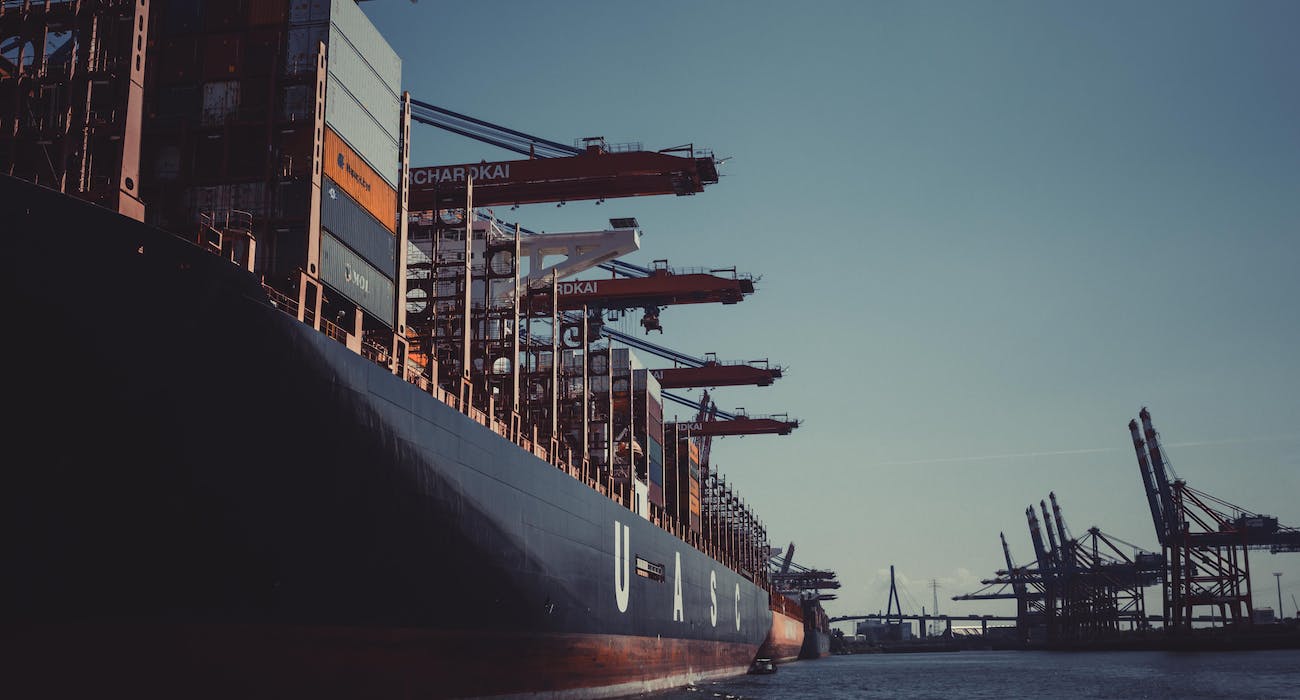The construction industry relies heavily on the transportation of materials, with concrete being a fundamental component in many projects. However, when construction sites are located in remote areas, accessing concrete from distant plants poses significant logistical challenges. Hauling concrete from remote plants demands meticulous planning, specialized equipment, and overcoming various hurdles to ensure timely delivery and quality control.
Understanding the Logistics Involved
Transporting concrete from remote plants involves a complex network of logistical considerations. Remote locations might lack nearby concrete plants, necessitating the transportation of the material over extended distances. This transportation process involves several key logistical aspects:
Distance and Accessibility
The foremost challenge is the distance between the concrete plant and the construction site. Remote areas might have limited road infrastructure, making transportation a daunting task. Poor road conditions, narrow paths, or even absence of roads can hinder the transit of heavy concrete mixer trucks.
Time Management
Time becomes a critical factor when transporting concrete over long distances. Concrete has a finite window of workability before it begins to harden, known as its "setting time." Prolonged travel times could compromise the concrete's quality, impacting its usability upon arrival.
Specialized Equipment
Specialized transportation equipment is essential for hauling concrete. Concrete mixer trucks equipped with rotating drums are commonly used. However, in remote areas, modifications or specialized trucks may be necessary to navigate challenging terrain.
Quality Control
Maintaining the quality of concrete during transit is paramount. Factors such as temperature, humidity, and vibration can affect concrete's properties. Adequate measures must be in place to ensure that the concrete maintains its desired consistency and strength upon arrival.
Challenges Faced in Hauling Concrete from Remote Plants
Infrastructure Limitations
Remote locations often lack proper infrastructure, posing difficulties for heavy trucks carrying substantial loads of concrete. Weak bridges, narrow paths, or unpaved roads may necessitate route planning and potentially require temporary infrastructure improvements.
Look for Alternative Solution
These types of trailers are smaller and more maneuverable than standard mixer trucks, making them better suited to navigate narrow paths and rough terrain commonly found in remote locations. Moreover, concrete trailers can be towed by various types of vehicles, providing flexibility in transportation options. However, while concrete trailers can help address some challenges associated with hauling concrete from remote plants, they also come with their own set of considerations.
Environmental Factors
Environmental conditions can significantly impact concrete quality during transportation. Extreme temperatures, high humidity, or inclement weather can affect the setting time and consistency of the concrete. Adverse weather conditions might also cause delays or render routes impassable.
Cost Implications
Transporting concrete from remote plants incurs higher costs due to increased fuel consumption, longer transit times, and the need for specialized equipment. These additional expenses contribute to the overall project budget, necessitating careful cost estimation and management.
Supply Chain Disruptions
Supply chain disruptions, such as delays in truck availability or unexpected road closures, can disrupt the delivery schedule, leading to project delays. Contingency plans and efficient communication among stakeholders are crucial to mitigate these risks.
Strategies to Overcome Challenges
Route Planning and Infrastructure Improvement
Thorough route assessments and potential infrastructure improvements are vital. Strengthening roads, creating temporary access paths, or utilizing alternative transportation modes like barges or helicopters can enhance accessibility to remote construction sites.
Advanced Scheduling and Monitoring
Precise scheduling and continuous monitoring of transit times help manage the setting time of concrete. Utilizing GPS tracking and real-time monitoring systems enables adjustments to routes and schedules to prevent delays.
Quality Control Measures
Implementing stringent quality control measures throughout the transportation process ensures that the concrete maintains its desired properties. Monitoring temperature, humidity, and vibrations in transit helps preserve concrete quality.
Collaborative Partnerships
Building strong partnerships with logistics providers, local authorities, and suppliers fosters effective communication and problem-solving. Collaborative efforts can streamline processes and address challenges in real-time.
Conclusion
Hauling concrete from remote plants to construction sites presents a myriad of logistical challenges, from navigating difficult terrains to preserving concrete quality during transit. Addressing these challenges requires meticulous planning, innovative solutions, and collaboration among stakeholders. By implementing strategic measures and leveraging specialized equipment, the construction industry can overcome these hurdles and ensure the timely and efficient delivery of concrete, even in the most remote locations.


